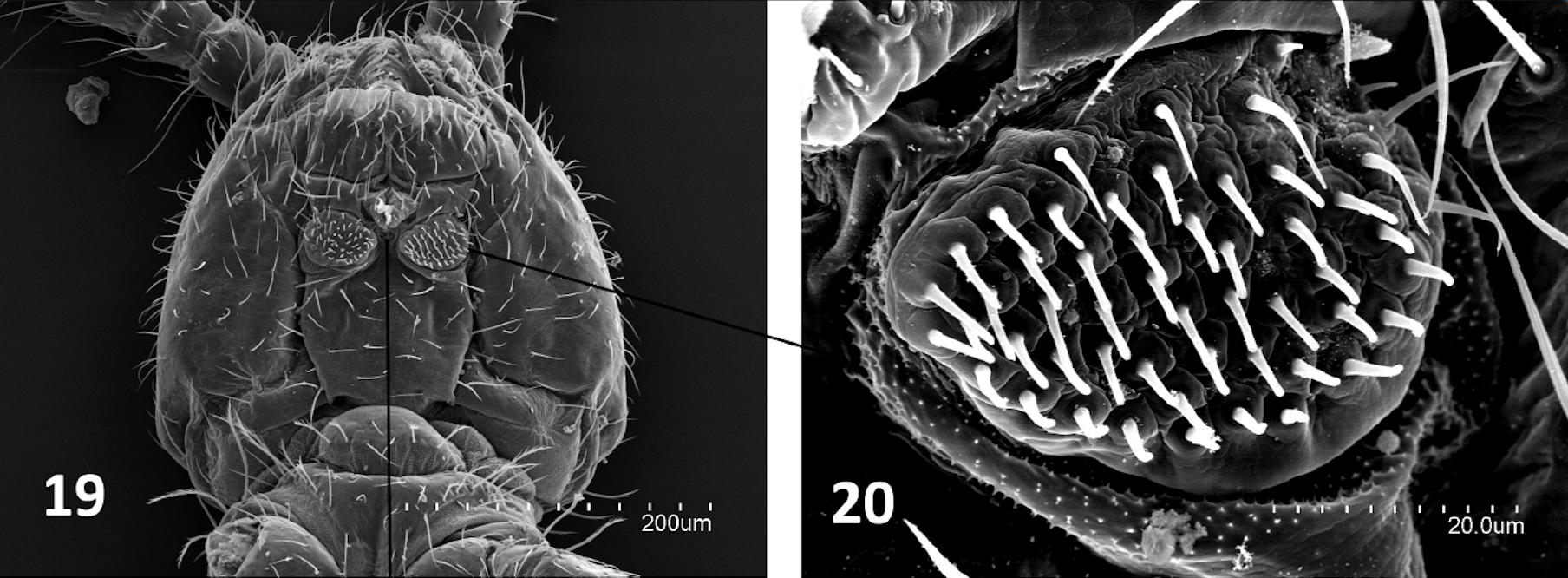Watch Sofia's talk on Encontros Scientia, organised by the Centre for Ecology, Evolution and Environmental Change.
|
Numerous species live deep in the underground and how they are affected by human activities remains poorly studied. Subterranean species are among the most unknown and unprotected natural resources of our planet. Cave-adapted species have morphophysiological adaptations to life in the underground, and short-range distributions. This biota plays a key role in regulating the whole suite of ecosystem functions directly related to groundwater dependent ecosystems, as springs and rivers. However, legal initiatives address only the need to achieve a good physicochemical status of groundwater, neglecting its endemic biodiversity. Our research aims to understand the ecological functioning of subterranean ecosystems and how they are impacted by anthropogenic activities. We use an array of multidisciplinary approaches to generate a framework for future ecological assessment and sustainability of subterranean biodiversity. Our results show that subterranean species respond differently than surface species to stressors, which has profound consequences in ecosystems management and conservation. We will present an overview about life in subterranean ecosystems, their ecological features, how we study them and how they are endangered by anthropogenic stressors.
Watch Sofia's talk on Encontros Scientia, organised by the Centre for Ecology, Evolution and Environmental Change.  Campodea (Dicampa) catalana Denis, 1930. 19. Head ventral side. 20. Labial palp. ABSTRACT Campodeinae is the most diverse subfamily of Campodeidae diplurans and inhabits soils and subsurface ecosystems. These are distributed in the Palearctic area, clearly rarifying towards northern latitudes. The major taxonomic characters are chaetotaxy, shape and complexity of pretarsal structures, and secondary sexual characters. This monograph provides a taxonomic revision of the subfamily Campodeinae in the Euro-Mediterrnean region, based on extensive literature review and new material studied. It comprises detailed morphological descriptions and illustrations together with habitat and distribution data of 161 species and 14 subspecies from 10 genera: Campodea Westwood, 1842, Edriocampa Silvestri, 1933, Eutrichocampa Silvestri, 1902, Helladocampa Condé, 1984, Libanocampa Condé, 1955, Litocampa Silvestri, 1933, Oreocampa Condé, 1950, Podocampa Silvestri, 1932, Remycampa Condé 1952, and Spaniocampa Silvestri, 1933. With 116 species Campodea is the most diverse and widely distributed genus in the studied area. Reference: Sendra A. & Reboleira A.S.P.S. (2020). Euro-Mediterranean Fauna of Campodeinae (Campodeidae, Diplura). European Journal of Taxonomy, 728: 1-130. (Monograph). https://doi.org/10.5852/ejt.2020.728.1181
|
Dimidium facti qui coepit habet: sapere aude
Archives
January 2024
Categories
All
|
 RSS Feed
RSS Feed
